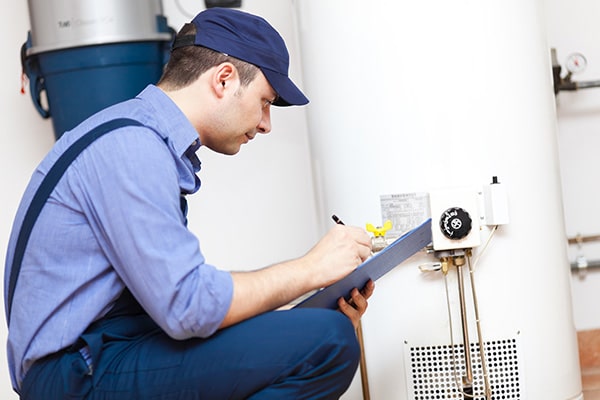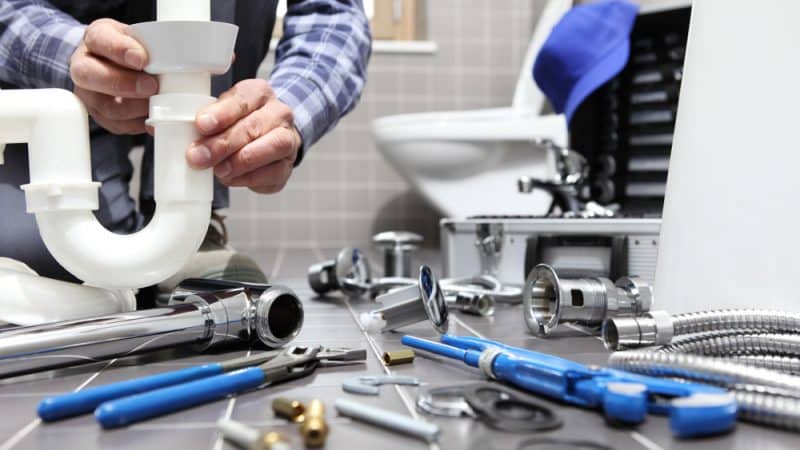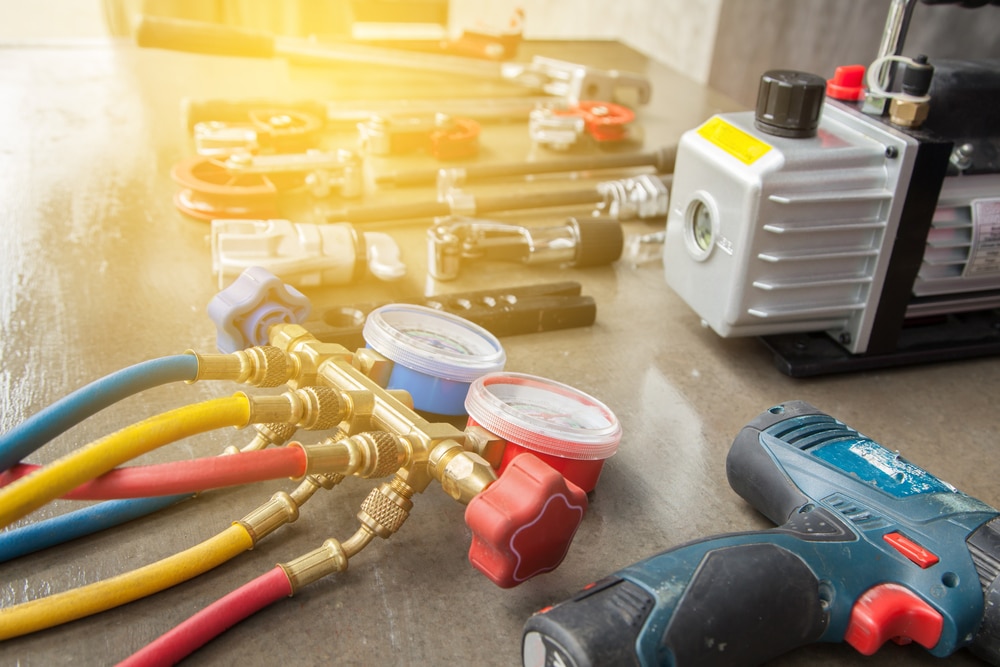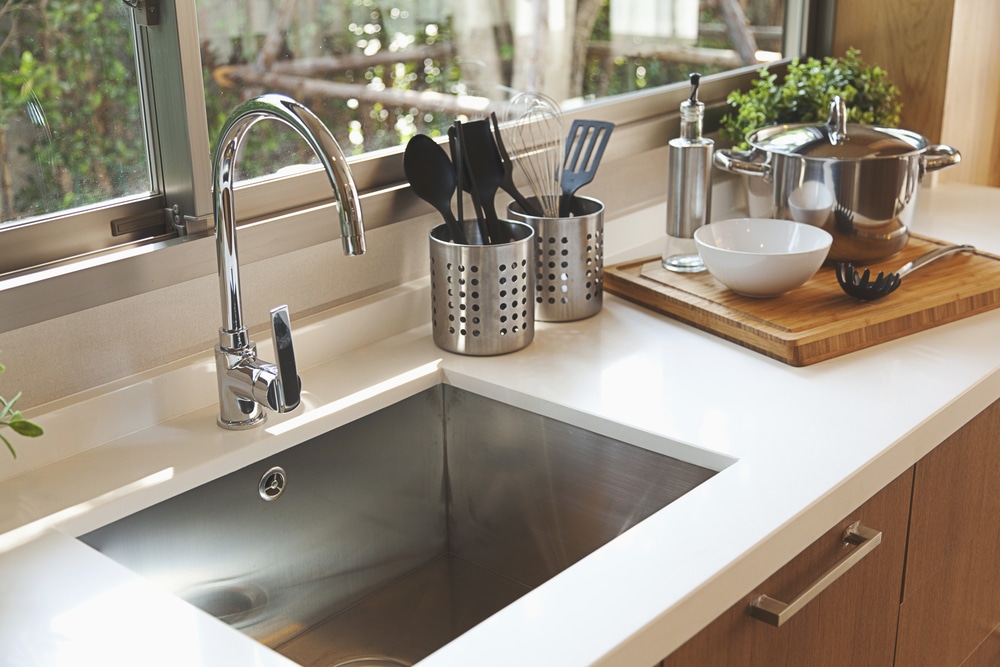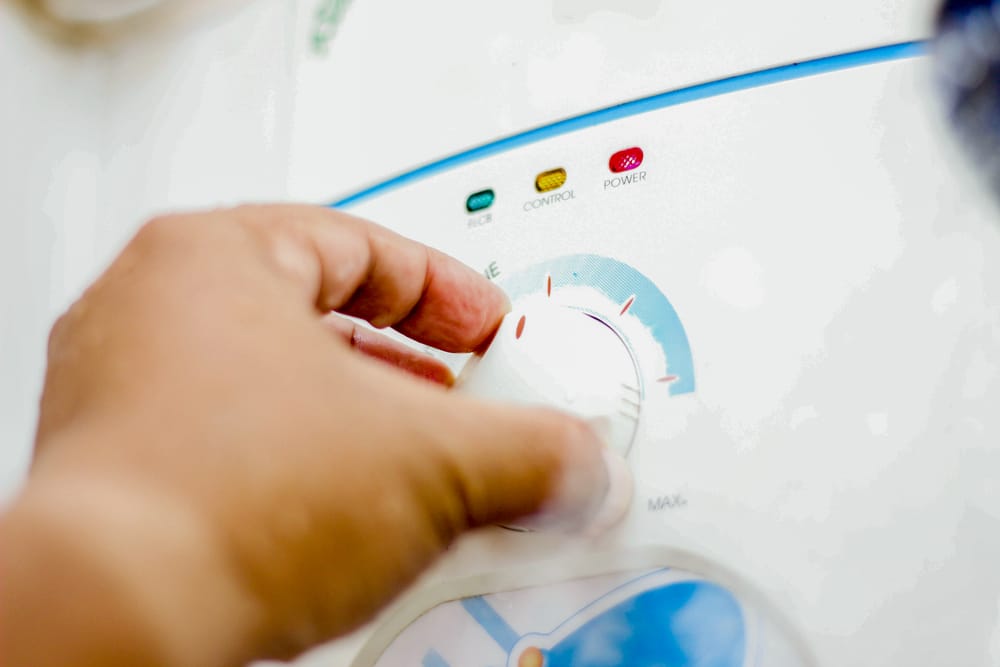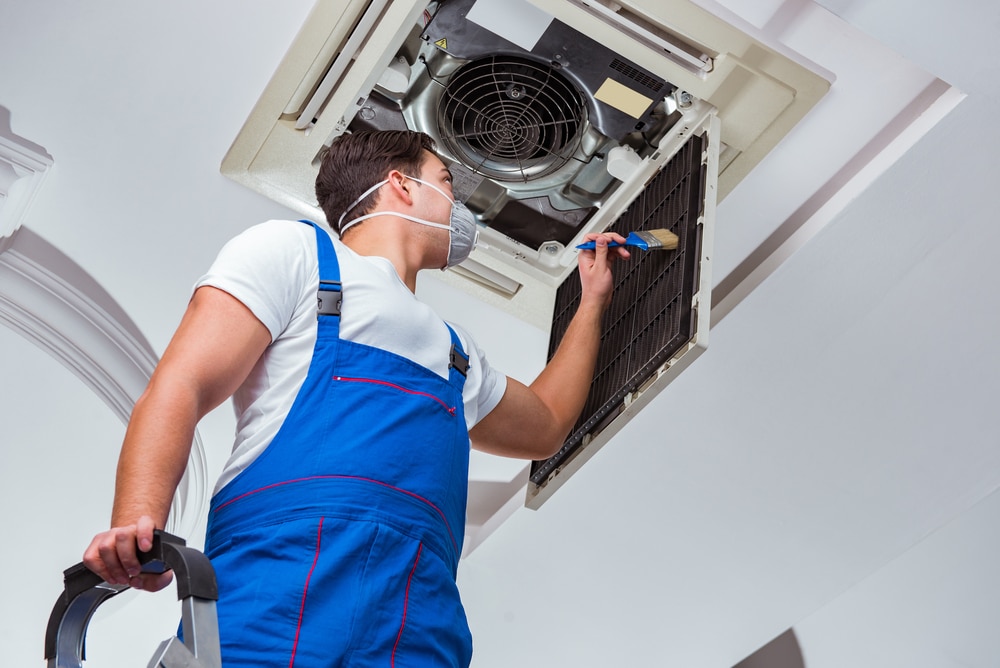Detecting a plumbing leak early can save you a lot of trouble and expense. Leaks in your plumbing system might start small but quickly become big problems if not handled. Water damage from leaks can ruin floors, walls, and personal belongings and even lead to mold growth.
This guide will help you understand how to detect plumbing leaks before they turn into costly repairs. With the right knowledge and tools, you can catch these sneaky leaks early and protect your home and wallet.
Common Signs of Plumbing Leaks
Spotting a plumbing leak early can prevent big headaches later. Leaks often reveal themselves subtly, so watching for these signs can save you from extensive damage. One of the most noticeable indicators is an unexplained increase in your water bill. You might have a hidden leak if you haven’t changed your water usage but see a cost increase.
Listen for sounds of dripping water when everything else is quiet. Hearing water when none is running implies a leak somewhere. Also, check for damp or stained walls and ceilings. These marks indicate that water is escaping from pipes behind the surfaces.
Another telltale sign is musty odors. If an area in your home smells damp or moldy, water might leak in places it shouldn’t. Mold thrives in moisture-rich environments, so its presence often indicates water issues. Puddles or wet spots on the floor are also clear signs that need immediate attention.
Signs of plumbing leaks to watch for:
– Rising water bills
– Unexplained sounds of water
– Damp, discolored walls or ceilings
– Musty or moldy odors
– Puddles or wet spots
Recognizing these signs can address leaks early and maintain a safe and dry home environment.
Tools and Techniques for Leak Detection
You might need more than your eyes and ears to catch plumbing leaks. Various tools and techniques can help you pinpoint the source of a leak. One effective way is to use a water meter. Turn off all water fixtures and check your water meter. If it continues to move, a leak is likely.
Pressure gauges are another useful tool. They can reveal if your water pressure is lower than normal, which might indicate a leak. A consistent drop in pressure needs further investigation.
Infrared cameras can detect leaks you can’t see. They identify temperature differences in your walls or floors, signaling the presence of moisture. Moisture meters specifically measure water content in certain materials and can accurately confirm if moisture exists where it shouldn’t.
For detailed inspections, consider using a plumbing camera. These tiny cameras go into the pipes and display images on an external monitor, allowing you to see blockages or cracks without guesswork.
Helpful leak detection tools:
– Water meter for checking ongoing usage
– Pressure gauge for identifying pressure drops
– Infrared cameras for spotting hidden moisture
– Moisture meters for measuring water content
– Plumbing cameras for pipe inspection
With the right tools and techniques, you can detect and fix leaks at their inception, saving time, money, and stress.
Areas in the Home Prone to Leaks
Understanding where leaks are most likely to occur helps you avoid potential problems. Certain areas in your home are more prone to leaks due to frequent water use or aging pipes. The kitchen, with its sink, dishwasher, and refrigerator ice maker, is a prime spot. Check under sinks for pooling water or moisture signs.
Bathrooms, with their multiple water fixtures, often experience leaks. Regularly inspect toilets, tubs, and showers for any damp spots. Pay attention to grout and sealants, as worn-out joints allow water to seep.
Basements and crawl spaces are also common leak zones. Pipes in these areas might be old or exposed to temperature changes, making them susceptible to leaks. Watch for wetness on walls or floors, especially after heavy rain.
Areas more prone to leaks:
– Kitchen: under sinks and around appliances
– Bathroom: near toilets, tubs, and showers
– Basement: along walls and floors
– Laundry room: around washers and water heaters
– Attic: near water heaters and pipes
You can spot leaks early and avoid major plumbing issues by staying vigilant in these areas.
Steps to Take When a Leak is Found
Discovering a leak can feel stressful, but immediate action reduces potential damage. First, turn off the water supply to prevent further leakage. Most homes have a main water shutoff valve in the basement or near the water meter.
Next, identify the leak source if possible. Look for visible signs on the pipes or at common connections. Once you locate it, try to make temporary repairs. Use waterproof tape or plumbing putty as a stopgap measure while planning a more permanent solution.
Capture any leaking water to prevent further damage. Use buckets or towels to soak up standing water and dry the area as much as possible. Keeping the area dry will protect your floors and furniture from water damage. If the leak is near electrical outlets, take caution and shut off power to avoid hazards.
Finally, contact a professional plumber to handle repairs. They can provide a durable fix and check the plumbing system for hidden issues.
Essential steps to follow when you find a leak:
1. Shut off the main water supply
2. Locate the leak and make temporary repairs
3. Contain water to prevent damage
4. Call a professional plumber for repair and inspection
These actions help mitigate the impact of leaks and ensure a quick return to normalcy.
Conclusion
Proper leak detection and prevention are critical for a safe and dry home. You can tackle plumbing issues before they escalate by being aware of common leak signs, using the right tools, and keeping an eye on leak-prone areas. Swift action when leaks occur protects your property and saves money on unnecessary repairs.
Contact Jade’s Heating and Plumbing LLC if you need expert residential plumbing services. Our experienced team is ready to assist you in keeping your home’s plumbing in shape. Whether fixing a leak, conducting routine maintenance, or tackling an emergency, Jade’s Heating and Plumbing LLC has the tools and expertise to do the job. Reach out today for reliable service you can trust.


